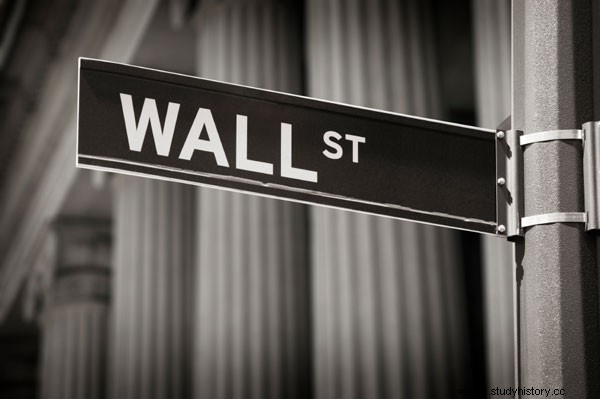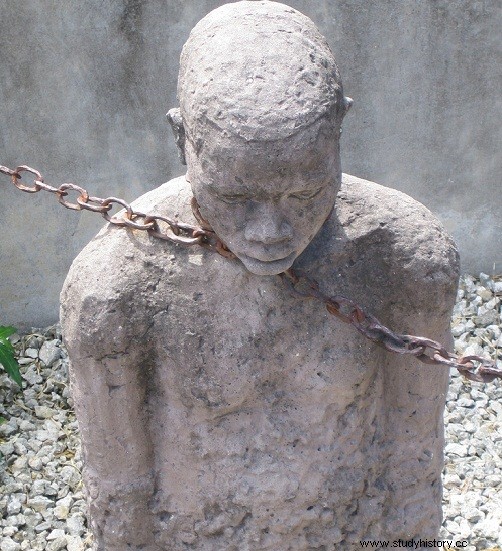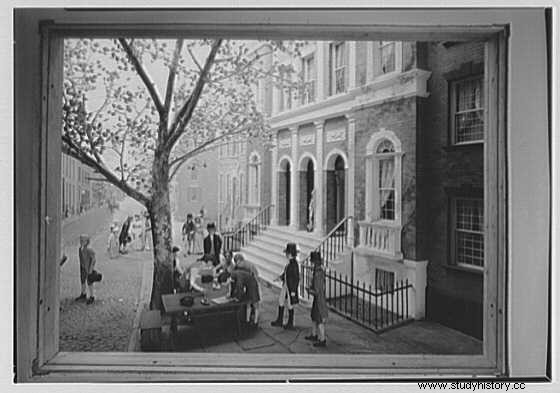On September 25, 1926, the Slavery Convention was signed. , an international treaty promoted by the League of Nations that declared slavery illegal. Later, on September 7, 1956, the prohibition and persecution was extended to certain behaviors that were considered analogous or assimilable to slavery:child exploitation, debt bondage... but nothing was said about the slavery to which we are subjected by the decisions made by the economic powers and that condition our day to day. And if there is a place in the world that represents better than any other «the master with the whip in his hand «, that's Wall Street . Ironies of life, built by slaves and site of the first slave market in New York.

In 1625 the Dutch West India Company founded in the Hudson River ValleyNew Amsterdam (today New York ), a strategic settlement that would make it possible to control the fur trade across the river. In 1653, to protect themselves from attack by Native Americans and the English, Dutch settlers built a wall of wood and mud on the northern edge of New Amsterdam. Well, they ordered it to be built, because the ones who actually did it were the African slaves brought to the colony in 1627. Although years later the English demolished it, the name of Wall Street (Wall Street ) still remembers that wall. And not only did they build that wall, they also cleared the forests, built the roads, the mills, the bridges, the houses, the pier, the prison, the Dutch church and, later, the English one...

At the end of the XVII and the beginning of the XVIII, already in the hands of the English and under the name of New York in honor Jacobo II , King of England and Duke of York, the city experienced rapid growth based on the work of slaves. Seeing that they could still get more out of them, they decided to enter the slave trade business. In 1711 the New York City Council approved the creation of the first slave market in the city, precisely on Wall Street. That market, known as Meal Market (Food Market) because grain and meat were also sold, it was crucial in the transatlantic slave trade. In fact, more than 20% of the population of New York were slaves.

Buttonwood Agreement
The slave ships from Africa arrived in New York loaded with slaves who were sold as labor, especially for the cotton plantations, and from there the cotton itself was distributed. Logically, the insurers of the ships, the big merchants and banks that financed the trips and the landowners of the plantations had to be «close to their investments «. On May 17, 1792, at 68 Wall Street and under a buttonwood (tree mangrove Zaragoza or mangle button ), twenty-four stockbrokers and merchants of the city signed an agreement that would be the germ of the New York Stock Exchange. And to top it off, some of the banks and insurance companies that are listed on Wall Street today began their adventures "trading and investing in the slave trade as Aetna Insurance, J.P. Morgan, Lehman Brothers, Bank of America, Wachovia Bank, Royal Bank of Scotland…
How little things have changed in three centuries...
